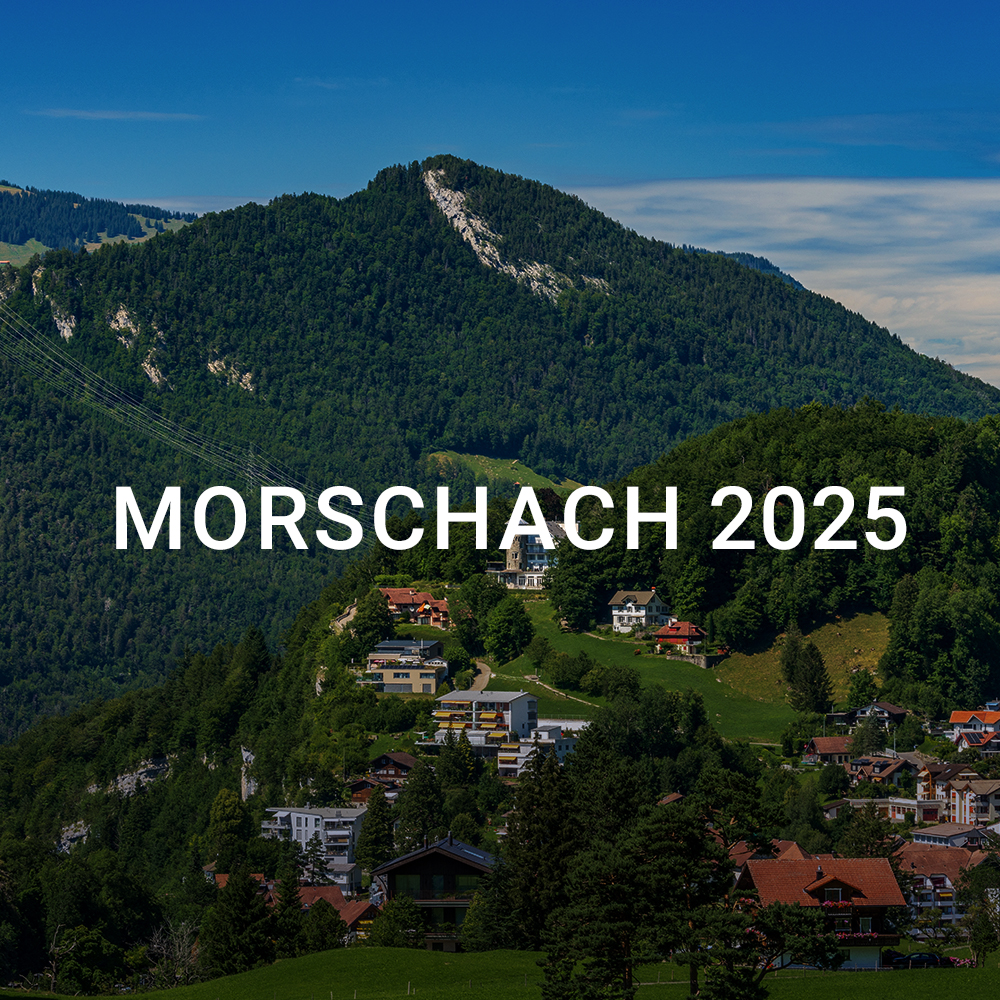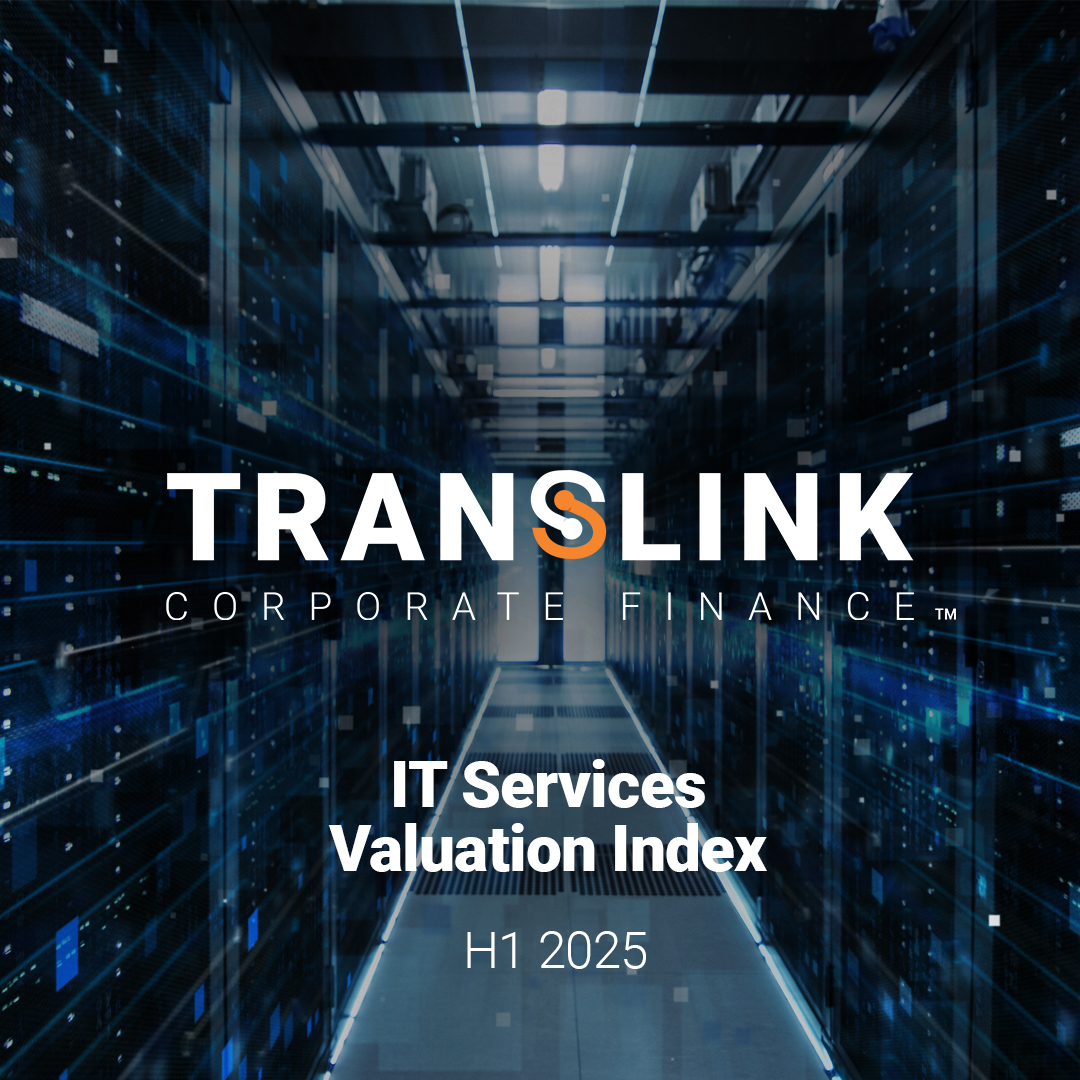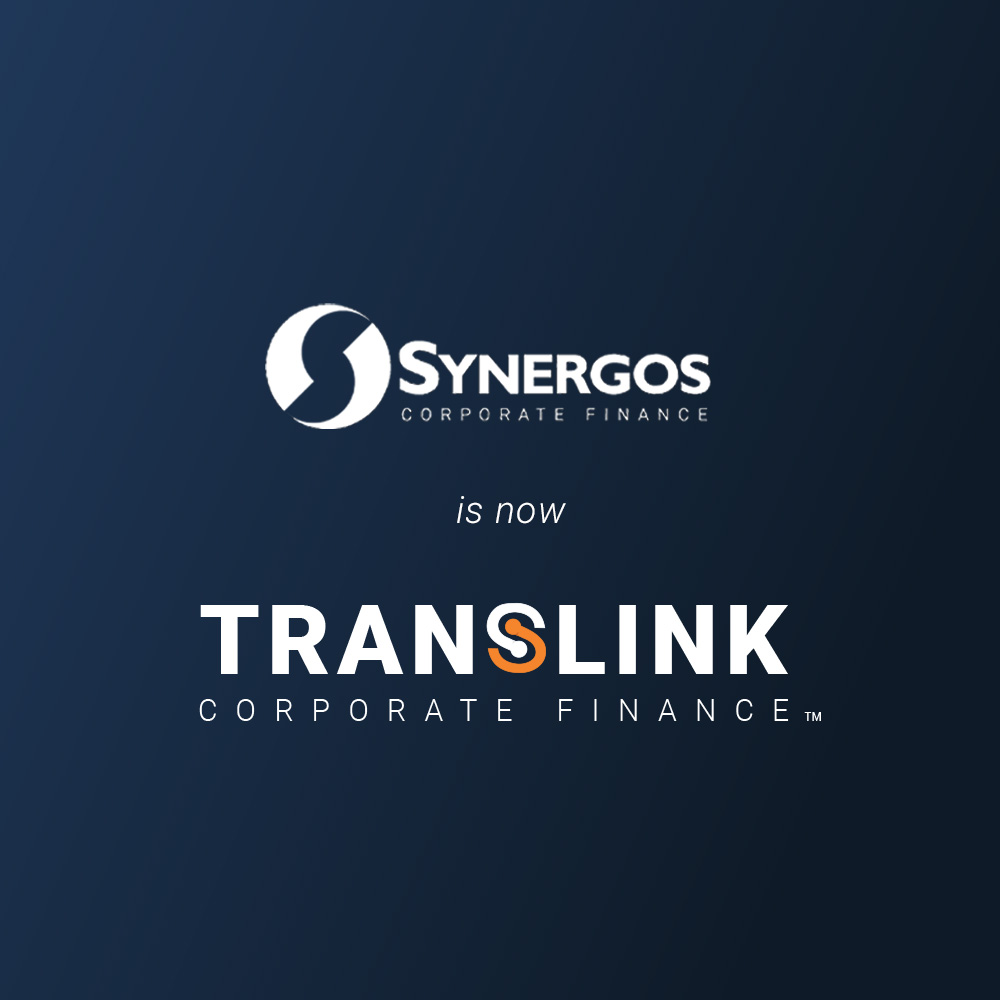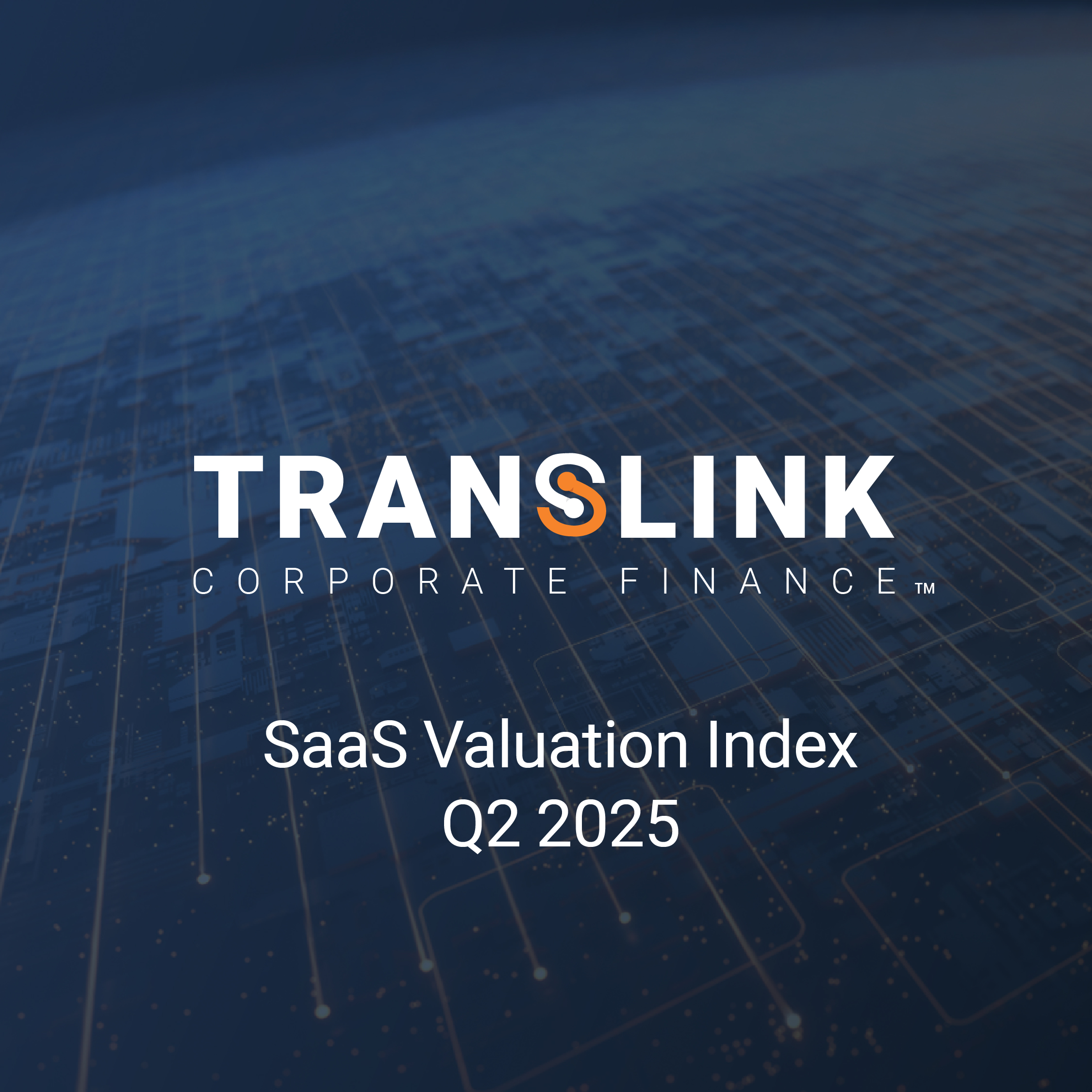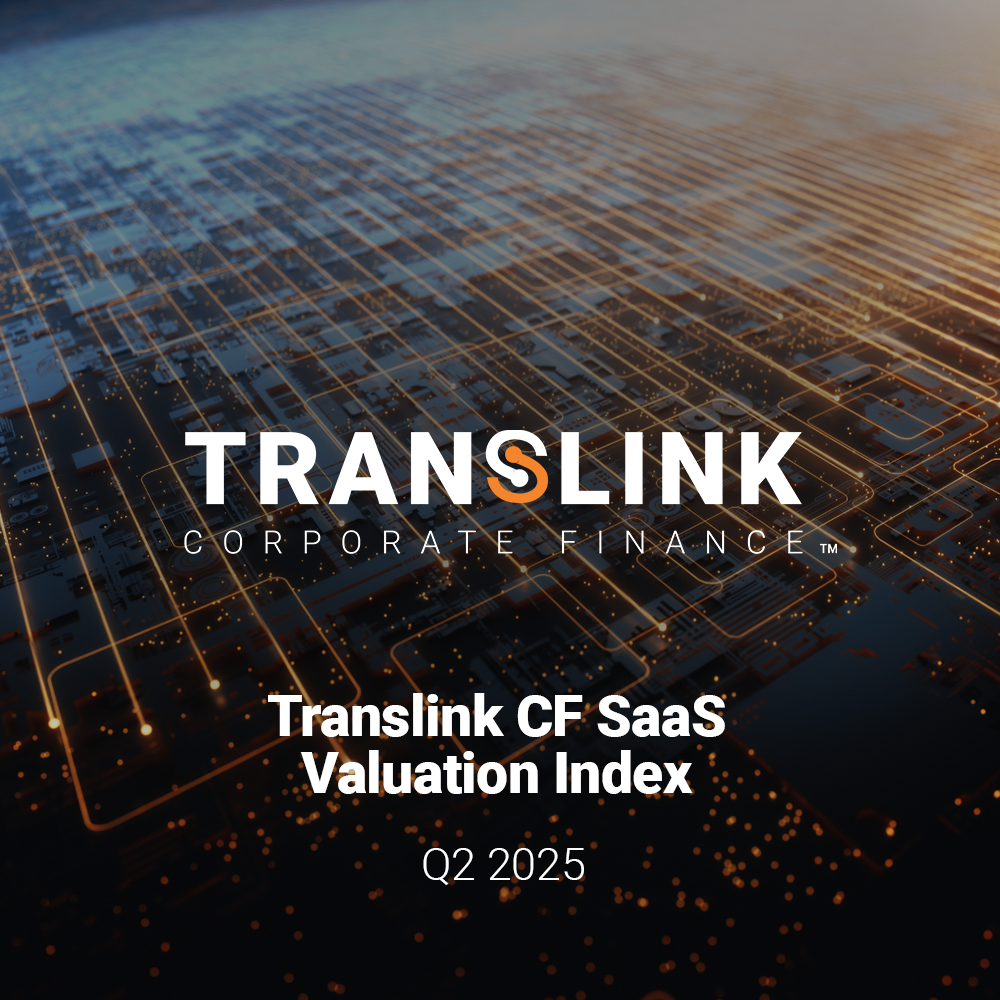2026 is shaping up to be a big year for business services; if you’re positioned to scale, this may be the moment to get on the front foot. With over *$2 trillion in “dry powder” (cash to invest), plus prospective rate cuts, private equity (PE) investment activity is likely to accelerate.
Translink Corporate Finance is proud to announce that two of offices – Translink Corporate Finance UK and Translink Corporate Finance Sweden – have been shortlisted for major national and European M&A awards, recognising excellence in cross-border dealmaking and client service.
Translink Corporate Finance recently concluded its bi-annual Directors Meeting, held from October 21-22 in the inspiring alpine setting of Morschach, Switzerland. The event brought together 50 M&A experts in person, while streaming key sessions live to the group’s remaining specialists across 36 offices, reinforcing the firm’s unified global strategy and collaborative spirit.
Translink Corporate Finance’s latest IT Services Valuation Index for H1 2025 reveals a sector in transition, balancing enduring long-term demand with short-term caution. The first half of the year was defined by economic volatility, shifting government policies and persistent geopolitical tensions, all of which impacted corporate confidence and delayed discretionary IT spend.
In a strategic move to bolster its position in the Nordic mergers and acquisitions (M&A) market, Synergos has rebranded as Translink Corporate Finance Norge. This transition reflects the firm’s long-standing collaboration with Translink Corporate Finance and emphasises its commitment to providing seamless cross-border advisory services.
The global SaaS M&A landscape is undergoing a fundamental recalibration in 2025. The era of high-velocity, growth-at-all-costs dealmaking has given way to a more measured and discerning environment, where financial discipline and proven performance are paramount.
As India’s economic transformation accelerates, deal activity is intensifying across the board. Cross-border M&A is no longer dominated solely by large conglomerates – mid-market companies, venture-backed firms and private equity funds are now shaping the deal landscape in significant ways.
The global SaaS M&A market is undergoing a significant recalibration in 2025, moving away from the high-velocity, growth-at-all-costs era towards a more measured and selective environment. After a period of turbulence, a new landscape is emerging, defined by valuation discipline, a flight to quality, and diverging regional trends.
Many businesses with global ambitions eventually reach a crossroads: how to grow beyond what organic expansion can deliver. For family-owned companies, that challenge is especially complex. The key is not just scaling up but doing so in a way that preserves the values, identity, and continuity that underpin long-term success.
India is undergoing one of the most remarkable economic transformations of the 21st century. Already the world’s fifth-largest economy, it is on track to overtake Japan and Germany to claim third place before the decade ends. Its rapid GDP growth, youthful workforce, and far-reaching policy reforms are reshaping its role in global business – and driving a surge in cross-border mergers and acquisitions (M&A).



